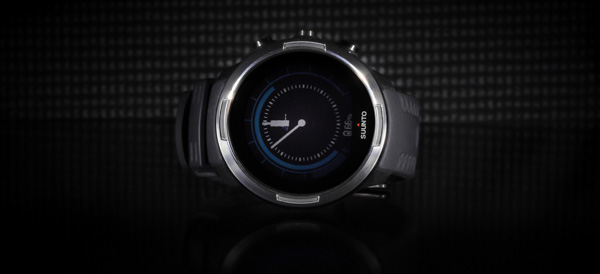Review: Salomon X-Ultra 3 GTX
Salomon X-Ultra 3 GTX
Just recently, Salomon released the third version of their popular X-Ultra footwear line, which are their lightest all-terrain hiking shoes. The X-Ultra 3 GTX tends to catch one's eye, and its sleek design and aesthetic appeal makes it stand out amongst all the other shoes on the shelves. At first glance, a few tweaks here and there from the previous version can be seen, notably with the Quicklace™ eyelets & the (now hotpressed) Sensifit™ system, whereas most of the other features seem to be relatively unchanged. The outsole however has been redesigned to increase downhill traction, and now has parallel grooves etched into the heel that are meant to bite into the ground. I couldn't wait to take the shoes to the trails to test out the Contagrip® traction, and thought it timely, given that I was planning to head to Annapurna Base Camp, a hike that is known for its steep ascents and descents.
Material & Features
High Traction Contagrip® – The outsole has a combination of two types of rubber and now has grooves on the heel to help with traction. Grooves have also been etched into the outsole at various intervals in-between the aggressive chevron lugs to increase the shoes' flexibility. Advanced Chassis™ – This has been taken from Salomon's trail running shoes, The chassis connects directly to the soles to stabilize your heels, giving good support whilst keeping the weight low. Ortholite sockliners – Ortholite foam and a specially-contoured EVA footbed cups the heel in order to cushion and support it at the same time. Gore-Tex® waterproof lining – Gore-Tex is a waterproof yet breathable membrane that allows your feet to breathe whilst still being able to protect them from the elements. Quicklace™ & Sensifit™ - The kevlar Quicklace™ system is a single-pull lace that links around grommets at the sides of the shoe. The grommets are attached to the Sensifit™ system, which is made up of synthetic sides that move independently, and allow the shoe to give you a more secure fit. A lacepocket for stowing away the Quicklace™ is also located on the top of the tongue.
The Review
The Salomon X-Ultra 3 GTX shoes were tested on a huge variety of terrain--from wet mud and packed dirt at the lower elevations, to moss-covered stone stairwells near the villages, to snow and ice way up at the Base Camps. The deep, chevron-shaped lugs of the Contagrip® outsole performed well on almost every type of terrain that was thrown at it, and the only situation where it did not hold traction very well was-as one would expect-solid ice. The traction was so good in fact, that I was even able to do a bit of trail running in the snow with these hiking shoes! The deep lugs did fairly well at shedding any mud, and seemed to handle gravel much better than most hiking shoes, although not as well as lighter, more flexible, trail running shoes would have.

With that being said, one measurement that is obviously very important for me personally is the 'heel-to-toe' drop of the shoe, which is basically the difference between how high the front and back of one's foot is above the ground when it sits in the shoe. Shoes that have a conventional heel-to-toe drop (approximately 10-12mm), will tilt your foot forward because of the high heel, thus encouraging heel striking. Consequently, the closer the 'heel-to-toe' measurement of a shoe gets to zero, the more flat one's foot will be.


Pros
• The Contagrip® outsoles give the shoes excellent traction, and they hold up very well on even tricky terrain and slippery surfaces. • The lightness of these hiking shoes make them very versatile. They can be used for limited running, long extended hikes, steep ascents and descents, or for a trip around town. • The Ortholite inserts are very comfortable and give good heel and arch support. • The durable toe and heel caps keep your feet well-protected, as well as help keep the fit and integrity of the shoe.Cons
• The Gore-Tex® lining keeps the shoe waterproof but warms up the shoe fairly quickly. The non-Goretex version would be preferable for warmer climates.The Take-away
If you are looking for fast hiking shoes--shoes that are light enough to run in, yet are durable and sturdy enough for hiking in even the roughest terrain, then these might just be the shoes for you. If you are hiking in warm climates though, I would recommend getting the not so waterproof, yet more breathable, non-Goretex version.





